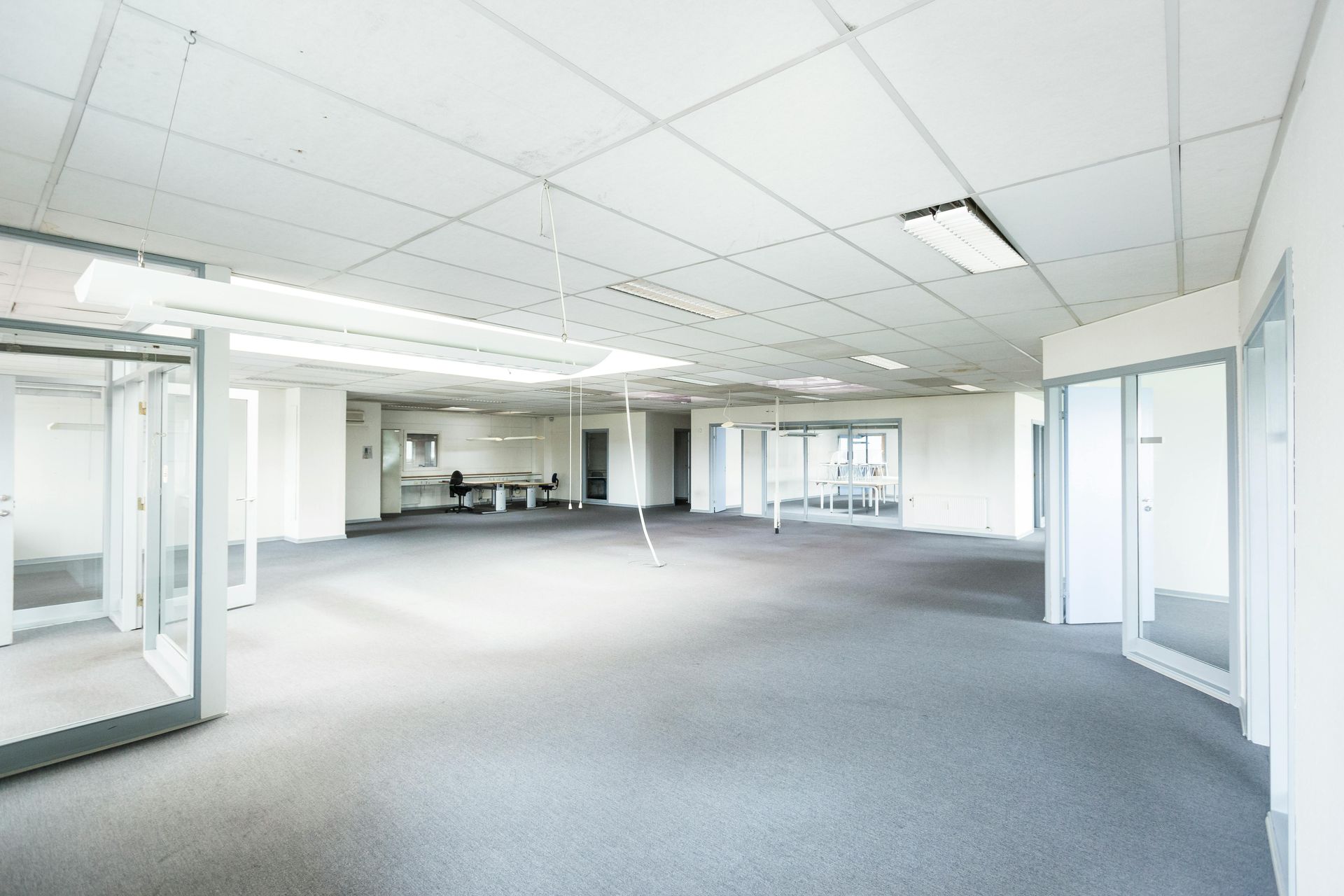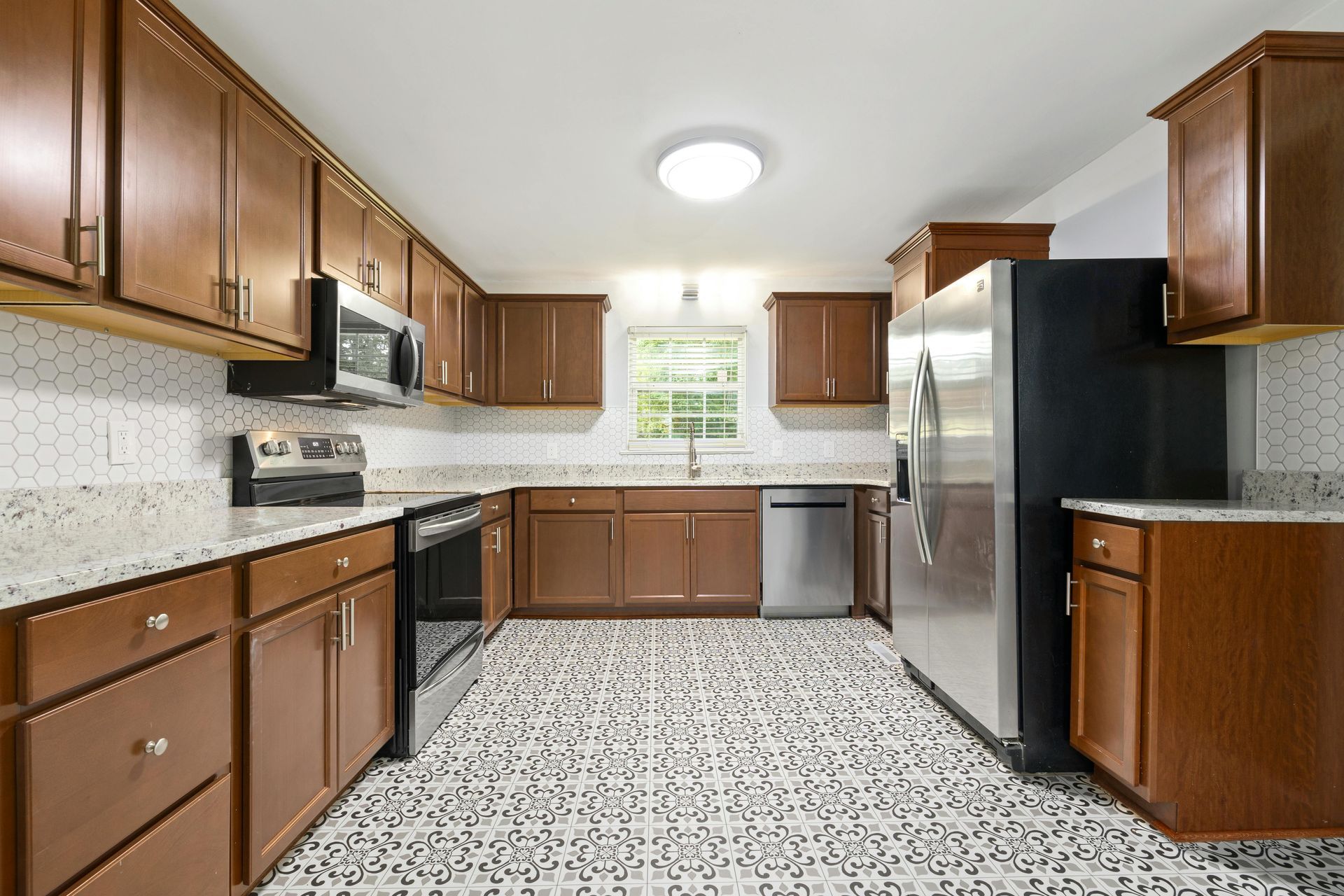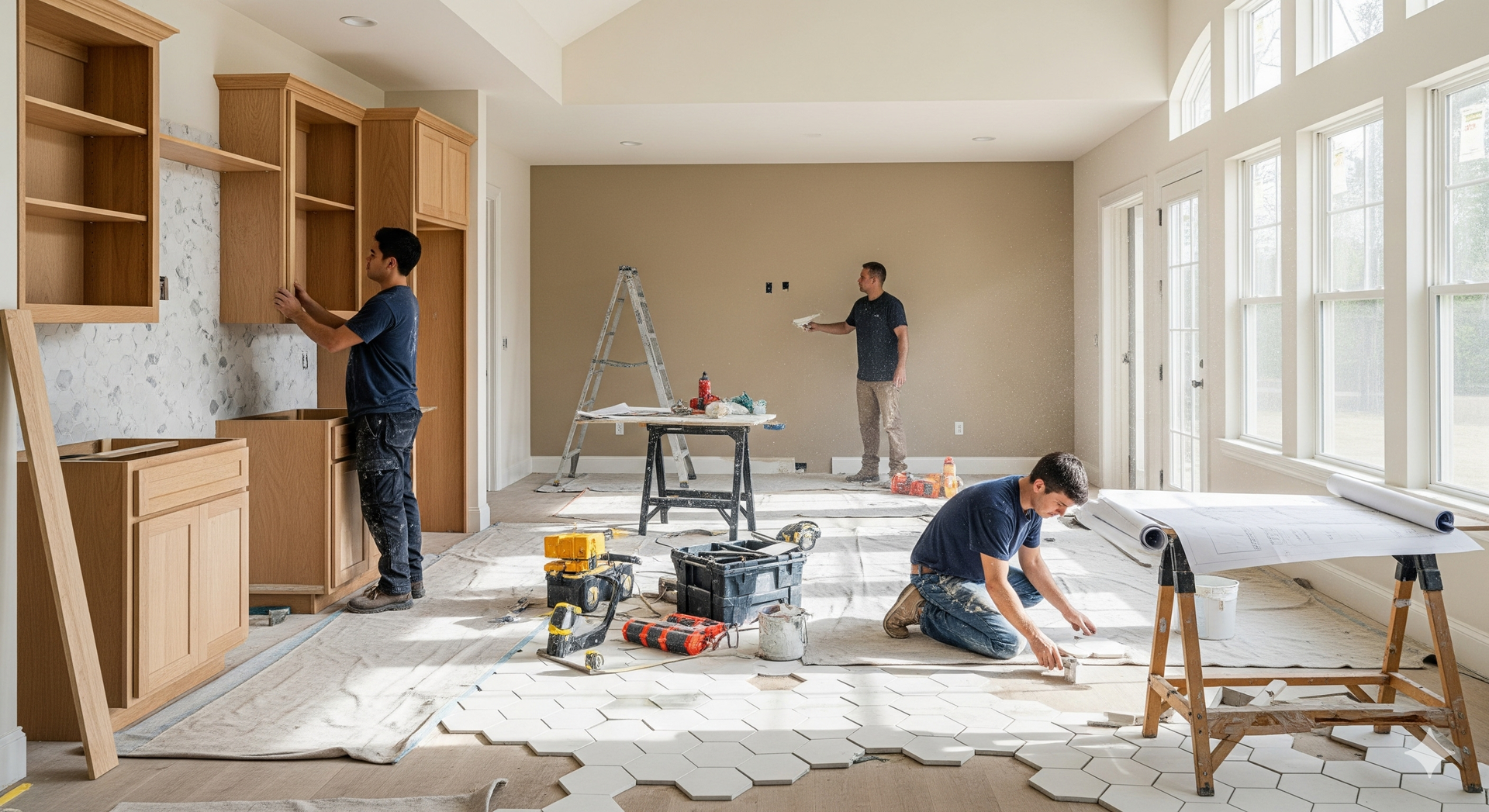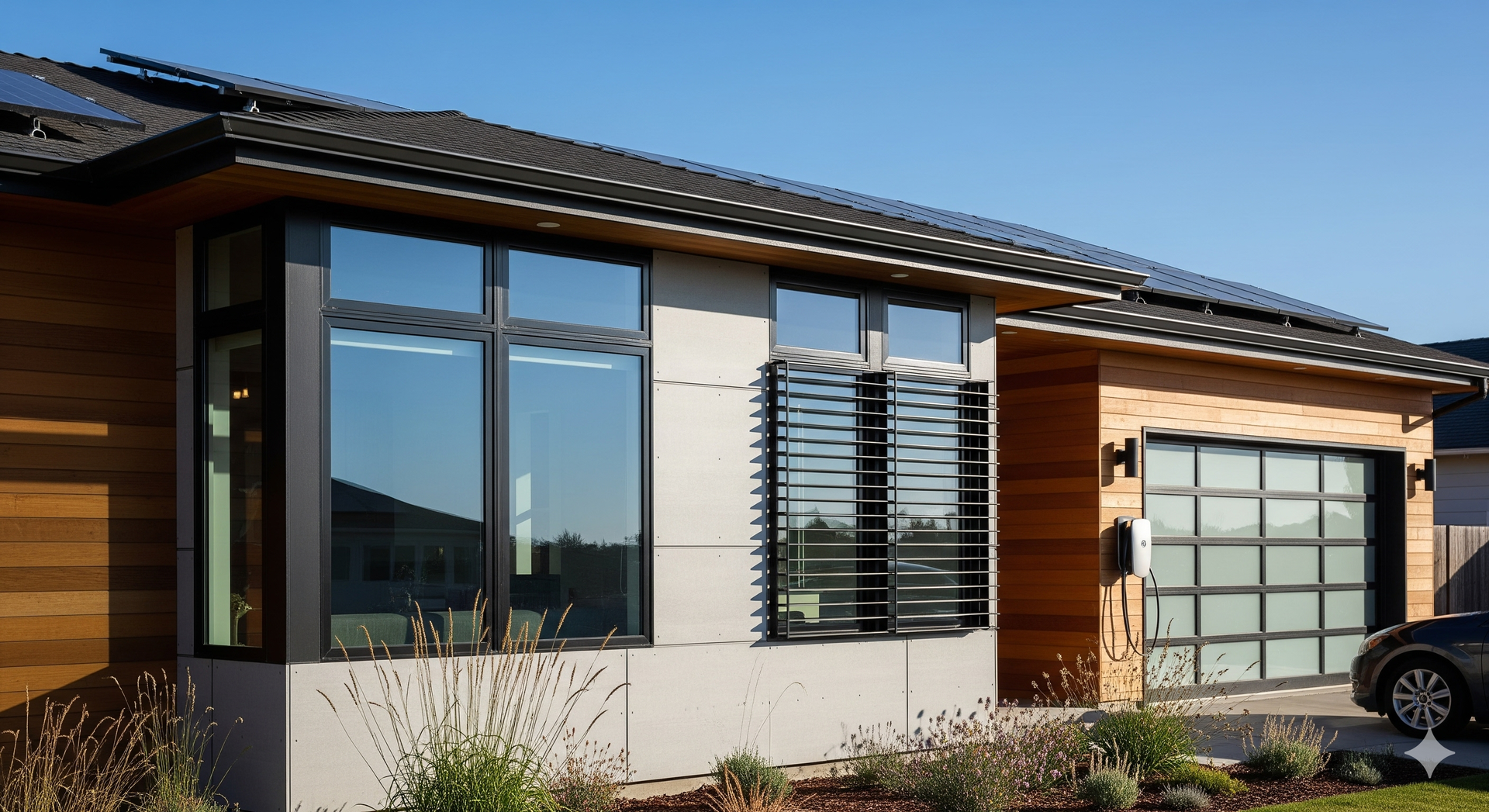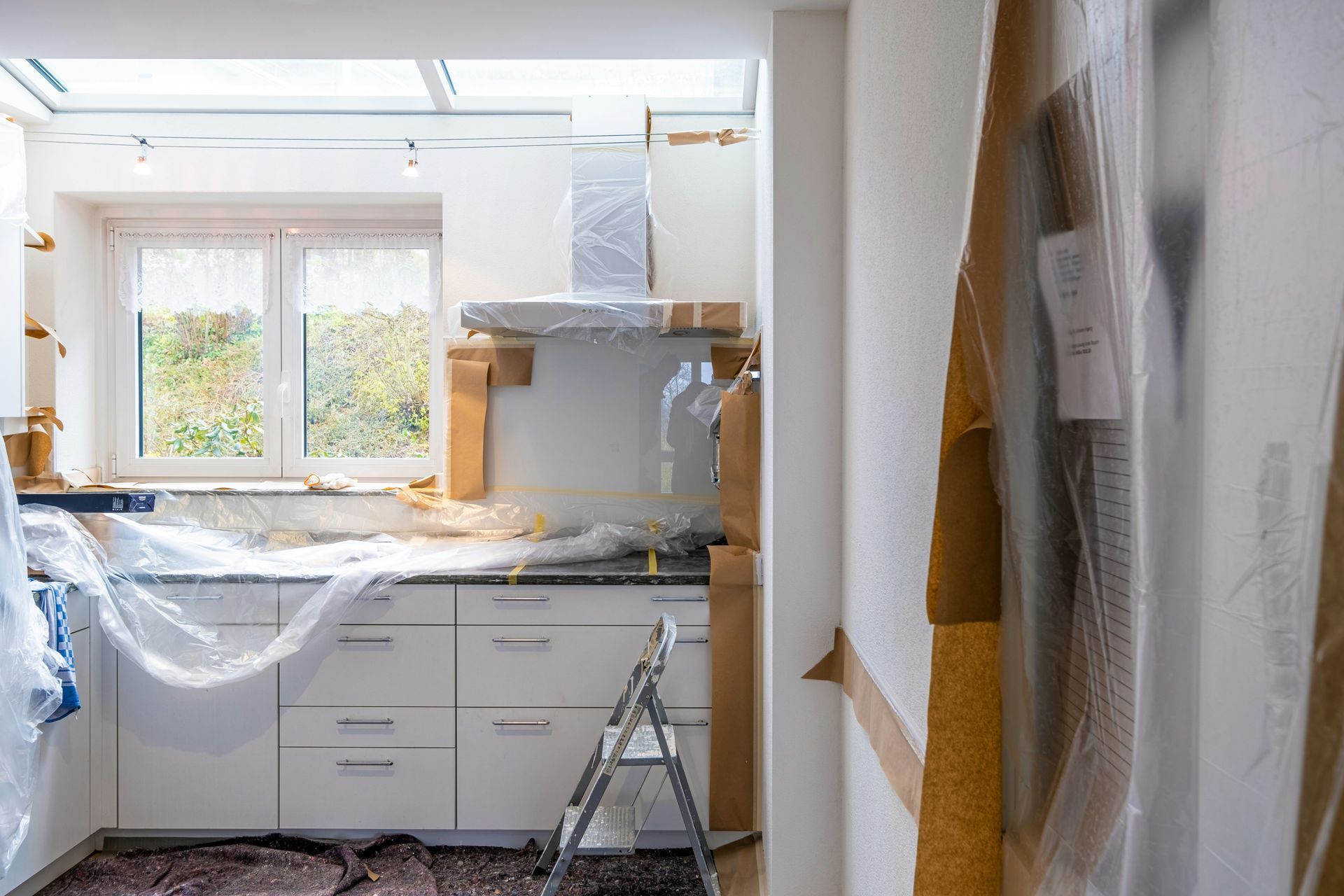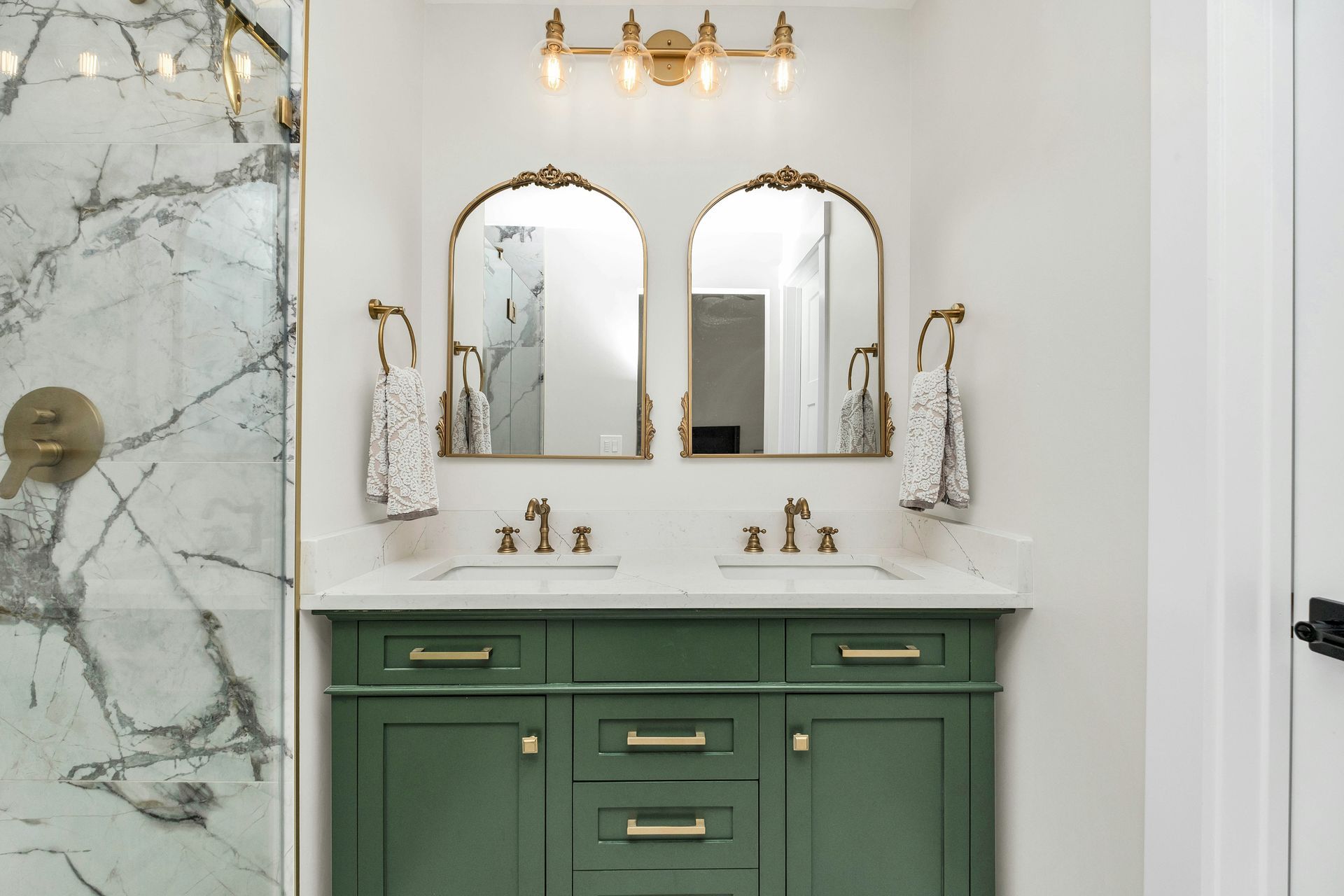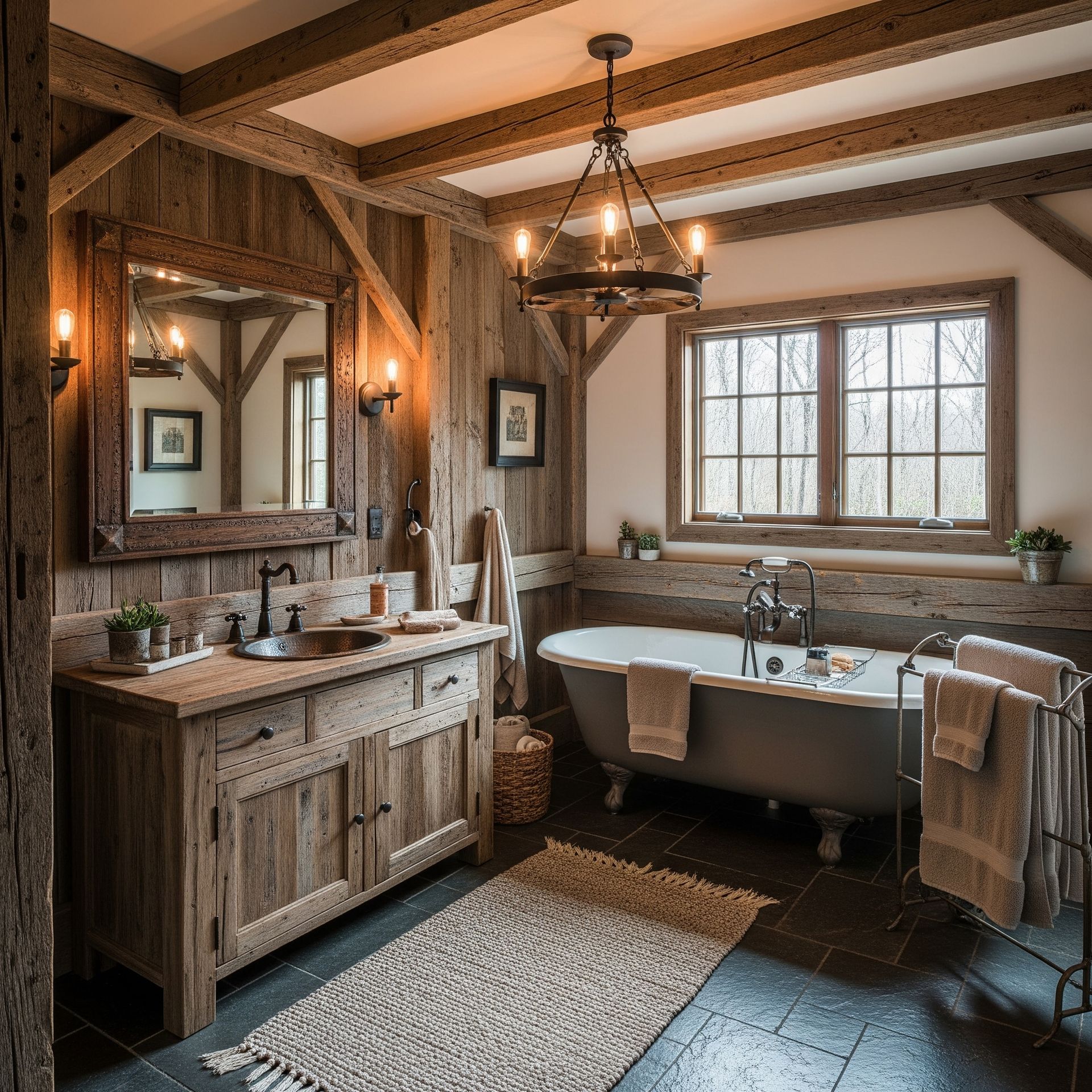How to Remodel a Commercial Restroom Without Disrupting Business Operations
Commercial restroom renovations present unique challenges that require careful planning and strategic execution. Unlike residential projects, commercial bathroom remodeling must balance renovation goals with ongoing business operations, customer satisfaction, and regulatory compliance. The key to success lies in minimizing downtime while delivering a functional, attractive, and code-compliant space that serves your business needs effectively.
Whether you manage an office building, retail establishment, restaurant, or healthcare facility, understanding the intricacies of commercial renovation planning can mean the difference between a smooth transition and costly operational disruptions. Working with
experienced professional bathroom remodelers in Indiana who understand local building codes and business needs ensures your project meets both regulatory requirements and operational goals. This comprehensive guide provides practical strategies for managing every aspect of your commercial restroom remodel project, from initial planning through final inspection.
Key Takeaways
- Phased renovation approaches can significantly reduce business disruption compared to complete facility shutdowns
- Professional commercial bathroom remodel contractors typically complete projects more efficiently than general contractors
- Proper permit acquisition and ADA compliance planning prevent costly delays and rework during construction
- Strategic scheduling during off-peak hours and seasons maximizes operational continuity
- Clear communication protocols with staff and customers reduce confusion and maintain professional relationships
- Quality material selection and proper project management can significantly extend restroom lifespan
Planning Your Commercial Restroom Remodel
Successful commercial bathroom remodeling begins with comprehensive planning that addresses both immediate renovation needs and long-term operational requirements. The planning phase typically requires 4-6 weeks for complex projects and serves as the foundation for minimizing downtime throughout the construction process.
Assessment and Goal Setting
Begin by conducting a thorough assessment of your current restroom facilities and establishing clear renovation objectives. This evaluation should encompass functionality, aesthetics, compliance requirements, and capacity needs based on your business operations and customer demographics.
- Document existing plumbing, electrical, and HVAC systems to identify potential upgrade requirements
- Evaluate current ADA compliance status and identify necessary improvements for accessibility
- Analyze traffic patterns and peak usage times to optimize layout and fixture placement
- Consider future business growth and changing demographic needs in your design planning
- Establish budget parameters that account for both visible improvements and infrastructure upgrades
Budget and Timeline Development
Commercial restroom renovation costs vary significantly based on scope, materials, and complexity. Developing a realistic budget and timeline requires careful consideration of all project components, including hidden costs that frequently emerge during construction.
Professional contractors typically recommend allocating a contingency portion of your total budget for unexpected issues such as concealed plumbing problems, structural modifications, or code compliance upgrades. This contingency planning helps prevent project delays and budget overruns that could extend business disruption.
Creating a Commercial Restroom Remodel Schedule
Strategic scheduling represents the most critical factor in minimizing downtime during commercial bathroom remodeling projects. The timing of your renovation affects everything from customer convenience to staff productivity and revenue generation.
Optimal Timing Strategies
Selecting the right time for your commercial restroom remodel requires analyzing your business patterns, seasonal fluctuations, and customer expectations. Most successful projects are scheduled during traditionally slower periods when reduced capacity has minimal impact on operations.
Consider these timing factors when developing your commercial restroom remodel schedule:
- Schedule major work during off-season periods when customer traffic is naturally reduced
- Plan disruptive activities like plumbing work during evening or weekend hours
- Coordinate with other building maintenance activities to minimize overall disruption
- Allow extra time for permit approvals and material deliveries that might cause delays
Phased Renovation Approach
Implementing a phased renovation strategy allows businesses to maintain partial restroom facilities throughout the construction process. This approach works particularly well for larger facilities with multiple restroom locations or buildings with separate men's and women's facilities.
The phased approach typically involves renovating one restroom at a time while maintaining the other for customer and employee use. This strategy may extend the overall project timeline but can significantly reduce operational disruption compared to simultaneous renovation of all facilities.
Choosing the Right Commercial Bathroom Remodel Contractors
Selecting qualified commercial bathroom remodel contractors significantly impacts project success, timeline adherence, and overall business disruption. The right contractor brings specialized experience in commercial renovation planning, regulatory compliance, and efficient project management that general contractors may lack.
Essential Contractor Qualifications
Commercial restroom renovation requires specific expertise that differs substantially from residential bathroom remodeling. When searching for commercial bathroom remodel contractors near me, prioritize firms with demonstrated experience in commercial projects, current licensing, and comprehensive insurance coverage.
- Verify active commercial contracting licenses and specialized certifications for plumbing and electrical work
- Review portfolio of completed commercial bathroom projects similar to your facility type
- Confirm comprehensive liability insurance and workers' compensation coverage
- Evaluate their understanding of ADA compliance requirements and commercial building codes
- Request references from recent commercial clients and verify project completion times
Project Management and Communication
Effective project management and clear communication protocols are essential for minimizing downtime during commercial bathroom remodeling. Professional contractors should provide detailed project schedules, regular progress updates, and proactive problem-solving approaches.
Establish communication expectations upfront, including daily progress reports, immediate notification of delays or issues, and regular meetings with key stakeholders. This transparency helps maintain business operations and allows for quick decision-making when unexpected challenges arise.
| Renovation Approach | Timeline | Business Impact |
|---|---|---|
| Complete Shutdown | 2-3 weeks | High disruption |
| Phased Renovation | 4-6 weeks | Minimal disruption |
| Weekend-Only Work | 6-10 weeks | No business disruption |
ADA Compliance and Regulatory Considerations
ADA compliance is a critical component of commercial bathroom remodeling that affects both legal requirements and practical usability. Understanding current accessibility standards helps prevent costly rework and ensures your facility serves all customers and employees effectively.
Essential ADA Requirements
Modern ADA compliance goes beyond basic accessibility features to create truly inclusive environments. Commercial restroom renovations must address multiple accessibility factors, including spatial requirements, fixture specifications, and assistive technology integration.
- Ensure minimum 30-inch by 48-inch clear floor space in front of each fixture
- Install grab bars with proper weight capacity and mounting specifications
- Provide accessible sinks with knee clearance and lever-style faucet controls
- Implement proper signage with Braille and raised character requirements
- Design doorways with minimum 32-inch clear width and appropriate hardware
Permit and Inspection Process
Obtaining proper permits and scheduling inspections requires careful coordination to prevent project delays. Commercial restroom renovations typically require multiple permits covering plumbing, electrical, and general construction work.
Professional contractors familiar with local building codes can expedite the permit process and ensure compliance with all regulatory requirements. Proper planning for permit approval and inspection scheduling helps avoid construction delays that extend business disruption.
Managing Business Operations During Construction
Maintaining smooth business operations during commercial bathroom remodeling requires proactive planning, clear communication, and flexible problem-solving approaches. The most successful projects anticipate potential disruptions and implement mitigation strategies before construction begins.
Alternative Facility Solutions
Providing alternative restroom facilities during renovation helps maintain customer satisfaction and employee comfort. The specific solution depends on your building layout, project duration, and budget considerations.
- Arrange access to restrooms in adjacent buildings or nearby businesses through partnerships
- Rent portable facilities for outdoor placement during construction periods
- Designate staff restrooms for customer use if separate facilities are available
- Install clear signage directing customers to alternative facilities with minimal walking distance
Staff and Customer Communication
Effective communication strategies help manage expectations and maintain positive relationships during the renovation process. Proactive communication reduces confusion, complaints, and lost business that often result from construction-related disruptions.
Develop a comprehensive communication plan that includes advance notice to regular customers, clear signage throughout the facility, and staff training on handling construction-related questions. Regular updates via email, social media, or website announcements keep stakeholders informed about progress and any schedule changes.
Advanced Strategies for Minimizing Downtime
Beyond basic scheduling and phased approaches, successful commercial bathroom remodeling projects employ sophisticated strategies to minimize operational disruption. These advanced techniques help maintain business continuity while achieving renovation goals efficiently.
Pre-Construction Preparation
Thorough pre-construction preparation significantly reduces project duration and minimizes unexpected delays. This phase involves detailed site surveys, material pre-ordering, and coordination with building management to ensure smooth project execution.
- Conduct detailed measurements and site surveys before construction begins to identify potential complications
- Pre-order all materials and fixtures to prevent delivery delays during construction
- Coordinate with utility companies for any service upgrades or modifications needed
- Establish temporary utility connections and access routes to minimize daily disruptions
Technology Integration for Efficiency
Modern technology tools help streamline commercial renovation planning and execution. Project management software, digital communication platforms, and automated scheduling systems improve coordination and reduce delays.
Digital project management platforms provide real-time updates on construction progress, material deliveries, and potential schedule changes. This transparency helps business owners make informed decisions and adjust operations as needed during the renovation process.
Post-Construction Considerations
The completion of construction marks the beginning of the commissioning phase, where systems are tested, issues are resolved, and facilities are prepared for full operation. This phase requires careful attention to detail and systematic testing to ensure all components function properly.
Quality Inspection and Testing
Comprehensive testing and inspection procedures help identify potential issues before they impact business operations. This systematic approach prevents emergency repairs and ensures long-term reliability of your renovated facilities.
- Test all plumbing fixtures for proper water pressure, drainage, and leak prevention
- Verify electrical systems including lighting, ventilation, and accessibility features
- Confirm HVAC system operation and proper ventilation for moisture control
- Document warranty information and maintenance requirements for all installed components
Long-term Maintenance Planning
Developing a proactive maintenance schedule extends the lifespan of your renovated restroom facilities and prevents costly emergency repairs. Professional-grade fixtures and finishes require specific care procedures to maintain their appearance and functionality over time.
Establish maintenance protocols that address daily cleaning requirements, periodic deep cleaning schedules, and preventive maintenance for mechanical systems. Document all warranty information and create service schedules for components like automatic faucets, hand dryers, and ventilation systems.
Consider partnering with local service providers who specialize in commercial facility maintenance. Regular professional inspections can identify potential issues before they require expensive emergency repairs or create customer complaints that impact your business reputation.
Frequently Asked Questions
How long does a typical commercial restroom renovation take?
Most commercial bathroom remodel projects require 2-6 weeks depending on scope and complexity. Phased approaches may extend timelines but significantly reduce business disruption.
What permits are required for commercial restroom remodeling?
Commercial renovations typically require building, plumbing, and electrical permits. Your contractor should handle permit applications and ensure compliance with local codes.
How can I minimize customer inconvenience during renovation?
Provide clear signage to alternative facilities, schedule disruptive work during off-hours, and communicate project timelines in advance. Consider phased renovation to maintain partial access.
What should I look for when hiring commercial bathroom remodel contractors?
Verify commercial licensing, insurance coverage, and ADA compliance experience. Review portfolios of similar projects and check references from recent commercial clients.
Are there specific ADA requirements for tenant improvement restroom projects?
Yes, tenant improvement restroom renovations must meet current ADA standards, including spatial requirements, fixture heights, and accessibility features. Professional contractors ensure compliance during design and construction.
Final Thoughts
Successfully managing a commercial restroom remodel without disrupting business operations requires careful planning, experienced contractors, and proactive communication strategies. The investment in professional planning and quality execution pays dividends through reduced downtime, satisfied customers, and facilities that serve your business needs for decades to come.
Whether you're planning a simple refresh or a comprehensive renovation, the key to success lies in understanding your business needs, working with qualified professionals, and maintaining clear communication throughout the process. With proper planning and execution, your commercial bathroom remodeling project can enhance your facility while maintaining the smooth operation of your business.
Don't let restroom renovations disrupt your business. Get your free consultation today and learn how to remodel smarter, not harder.
Reference:
https://adata.org/faq/what-are-ada-requirements-altering-facilities

